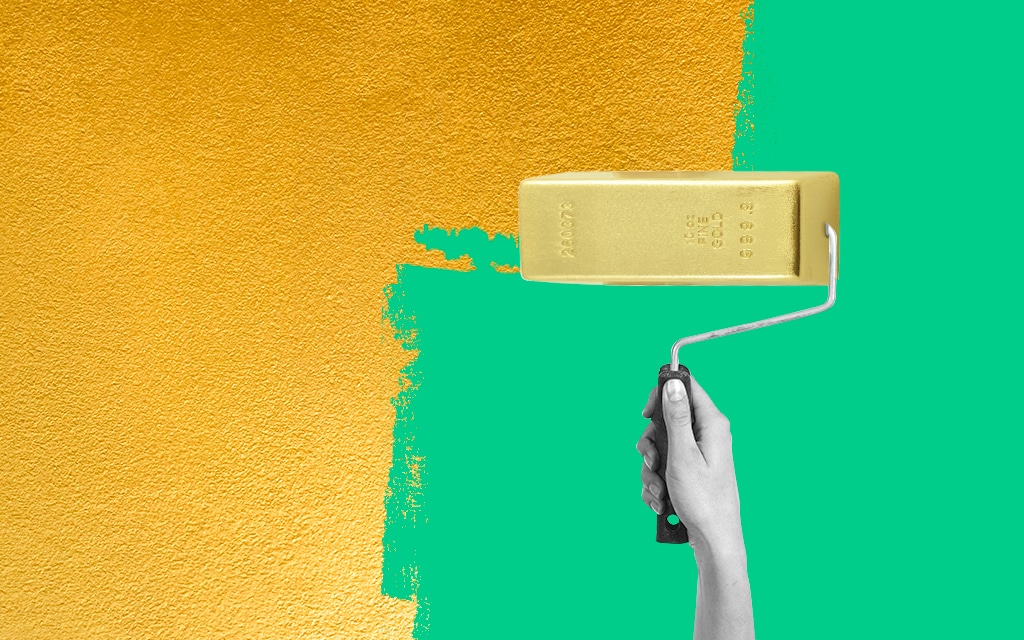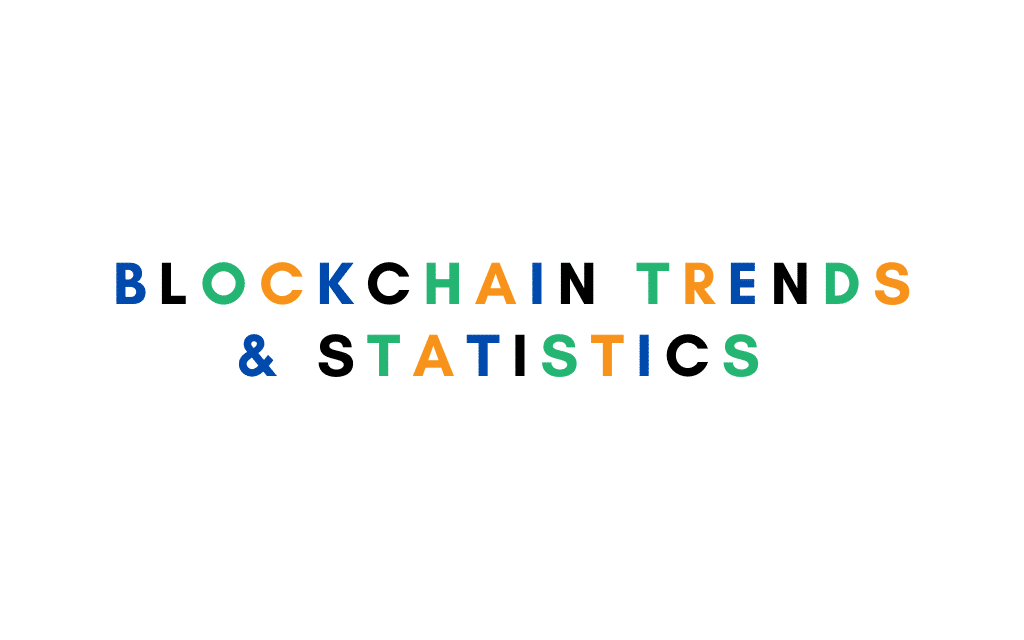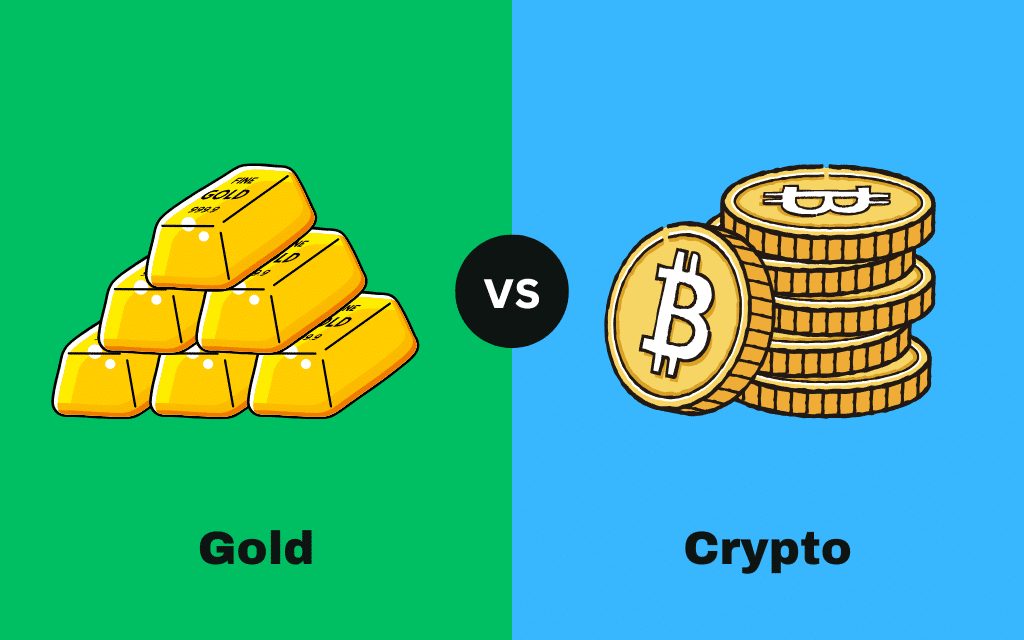Key Takeaways
- A Gold IRA rollover moves funds from a retirement account into a self-directed IRA holding IRS-approved precious metals.
- The process involves selecting a custodian, opening a self-directed IRA, and completing a direct or indirect rollover within IRS guidelines.
- Direct rollovers are tax-free, while indirect rollovers must be completed within 60 days to avoid taxes and penalties.
- Gold IRAs offer inflation protection and diversification but typically involve higher fees and stricter IRS rules.
If you’re worried about market ups and downs, you’re not alone. Many investors are looking for safer ways to protect their retirement savings.
One popular option? A gold IRA rollover.
What is a Gold IRA?
A gold IRA is a type of retirement account that lets you hold physical gold and other precious metals—like silver, platinum, or palladium.
It comes with the same tax benefits as a traditional IRA or Roth IRA, but adds a layer of protection through physical assets.
Why convert your current 401(k)/IRA into a gold IRA?
Rolling over your current IRA or 401(k) into a gold IRA can help you:
- Diversify your retirement portfolio
- Protect your savings from inflation
- Reduce risk during economic downturns
Gold has a long history of holding its value, especially when the stock market becomes unpredictable.
That’s why many people turn to gold when the economy gets shaky.
What is a gold IRA rollover?
A gold IRA rollover lets you move money from your existing retirement account—like a Traditional IRA, Roth IRA, or SEP IRA—into a self-directed IRA that holds physical gold or silver.
These accounts are tax-advantaged, just like regular IRAs. The difference? You’re investing in real, tangible precious metals instead of just stocks or mutual funds.
Why you might consider a gold IRA?
- Diversify your portfolio beyond stocks and bonds.
- Hedge against inflation and market uncertainty.
- Hold a physical asset that tends to stay stable during downturns.
Gold IRAs offer more control over your investments. They’re especially appealing for people who want to protect their retirement savings from economic volatility.
How the rollover process works
There are two main ways to move your retirement funds into a gold IRA:
✅ Direct Rollover (or Transfer)
- Your funds go straight from your current IRA or retirement plan into your new gold IRA.
- You never touch the money, so there are no taxes or penalties.
⚠️ Indirect Rollover
- You withdraw the funds and must deposit them into the new account within 60 days.
- If you miss the deadline, you could face taxes and early withdrawal penalties.
This process involves working with a reputable custodian or gold IRA custodian who manages the new self-directed IRA, ensuring compliance with IRS rules and regulations.
Choosing the right gold IRA company and custodian is crucial for a secure and compliant rollover process.
You will also need to complete all the necessary paperwork with your chosen gold IRA company when opening a new account.
Also, your precious metals must be stored in an IRS-approved depository to maintain compliance.
The Taxpayer Relief Act of 1997 expanded the types of precious metals eligible for inclusion in gold IRAs, allowing for greater diversification of your retirement plan.
Always consult a financial planner to determine if a gold IRA rollover fits your overall retirement strategy and financial goals.
6 Steps to Convert IRA into a Gold IRA
When you’re ready to transfer IRA to gold, follow these six steps to guide you through the process:
- Find your gold company: Research and choose a reputable gold IRA company with stellar customer reviews, a solid track record, and an industry reputation.
- Convert IRA to self-directed IRA: Work with a custodian to open a self-directed IRA account that lets you invest in, you guessed it, gold (and other cool stuff)!
- Fill out required paperwork: Fill out the forms with your custodian to officially kick off the rollover process from your current IRA. No sweat; they’ll walk you through this step.
- Fund new IRA account: Decide how much you want to invest in precious metals and transfer it from your old IRA to your new self-directed IRA; think of it as fueling your golden dreams.
- Pick your precious metals: Once you fund the account, work with your IRA custodian to help you research and purchase precious metals, including IRS approved precious metals such as gold bars, gold bullion, gold coins, American Gold Eagles, Canadian Maple Leafs, and other eligible precious metals like silver, platinum, and palladium. It’s important to select only IRS approved gold and eligible precious metals to ensure your investment remains compliant and qualifies for tax advantages.
- Secure your gold vault: Store your gold and other physical precious metals in a certified and insured depository that meets IRS requirements and offers secure storage. The IRS requires that you hold precious metals in an approved depository, not at home, to protect your investment portfolio and maintain compliance.
When choosing a depository, look for an IRS-approved facility with top-notch security features.
Secure storage is required by the IRS and helps protect your investment portfolio by ensuring your physical precious metals are safe and fully insured.
Think alarm systems, vault doors thicker than your pinky promise, 24/7 surveillance, the works!
Some popular options include Brink’s Global Services, Delaware Depository, and even certain divisions of major banks.
The Delaware Depository is known for its high-level security measures and comprehensive insurance.
Brinks Global Services provides international storage options and is renowned for its robust protection protocols.
Don’t be afraid to ask your gold IRA company for recommendations.
They’ll be happy to point you toward a secure facility that meets all IRS requirements to ensure your precious metals are stored safely and legally.
Why convert IRA into a gold IRA?
Investing in precious metals through a gold IRA offers several benefits that can boost your retirement savings strategy:
Gold investments can help diversify your retirement portfolio and enhance your financial security by providing a hedge against market volatility and economic uncertainty.
One key advantage is diversification. By adding physical gold and other tangible assets to your retirement portfolio, you reduce your exposure to traditional stocks and bonds.
Tangible assets like gold have intrinsic value and can help safeguard your financial future, especially when stored in secure, IRS-compliant facilities.
Tax-free savings
Picture this: your gold stash grows in value over time, though you don’t owe Uncle Sam any taxes on that growth until you withdraw it.
That’s the magic of tax-deferred or tax-free growth. By contributing to tax advantaged retirement accounts like gold IRAs, you can reduce your taxable income and maximize the benefits of tax-deferred or tax-free growth.
It lets your precious metals accumulate more wealth for your retirement without any upfront tax headaches.
When done correctly, a gold IRA rollover allows tax-deferred or tax-free growth on your precious metals investments within the IRA.
Portfolio diversification
Do not put all your eggs in one basket! Adding gold and silver to your IRA can mitigate losses associated with volatile stock markets.
Your precious metals could help spread the risk and balance things out if the stock market takes a tumble.
Economic security
Ever feel like the economic rug might get pulled out from under you? Gold and silver have a long history of being a haven, even during periods of economic instability.
When stock markets crash and paper currencies take a beating and lose value in recessions, precious metals have often held or even increased their value.
This can provide a sense of security, knowing your retirement savings might have a built-in safety net during tough economic times.
Protection from inflation
Forget the grocery bill blues! Gold and silver can be a shield against economic surges.
As everyday prices rise, the value of these precious metals often climbs, too, which may keep your retirement buying power strong.
Wealth preservation
Over time, gold and silver with high purity, typically exceeding 99.5% and 99.9%, respectively, tend to hold their value remarkably well.
This means your nest egg can remain secure and be passed safely to future generations.
Bottom Line
Converting a portion of your IRA to physical gold and silver can be a strategic approach to fortify your retirement savings.
Information provided in this guide can help you decide whether a gold IRA rollover aligns with your long-term financial goals.
Things to remember:
- Don’t let your retirement be a one-trick pony! Spread the wealth to have a buffer during market dips.
- A gold IRA can shield against rising living costs to keep your retirement buying power strong and on course.
- Gold can protect your wealth over time, which provides peace of mind for generations to come.
Special note: This article is a general overview. So, do your due diligence, Talk to your financial advisor to determine if a gold IRA fits your long-term financial goals, and happy treasure-hunting for a brighter retirement future!
FAQs
Should I cash out my IRA and buy gold?
No, a gold IRA rollover involves transferring funds from your existing IRA, not cashing it out. Doing this maintains the tax-advantaged benefits of your retirement account.
Where can I open a gold IRA account?
You can open a gold IRA account with a seasoned company that has a proven track record in these accounts.
What are the fees associated with the rollover process?
Account setup, storage, and transaction fees can vary depending on the gold IRA Company and custodian you choose. Research and compare all costs involved before proceeding.
Are there any tax implications after doing the gold IRA rollover?
A direct rollover to a gold IRA is typically tax-free, but consulting with a tax professional is always recommended to understand your situation.





